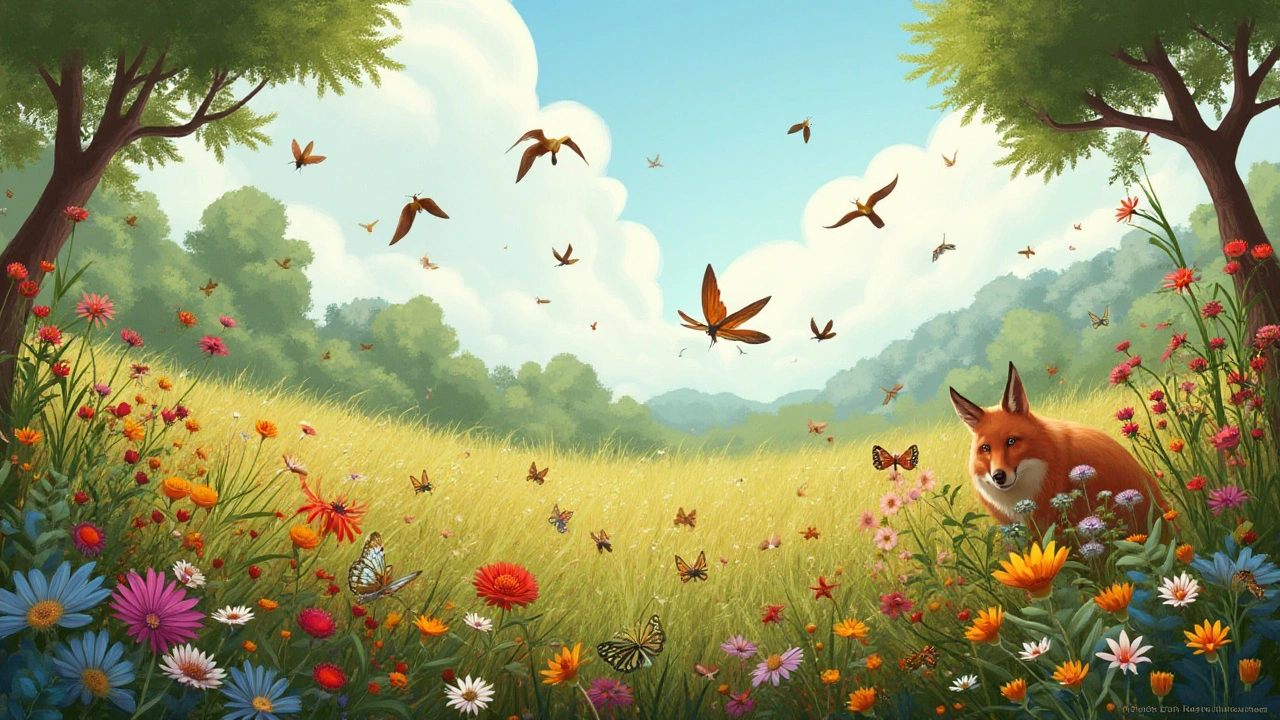Ecology Levels: What They Are and Why They Matter
Ever wonder why scientists talk about "levels" when they study nature? It’s just a way to break down the huge web of life into smaller, easier‑to‑understand pieces. From tiny microbes in the soil to whole forests and oceans, each level has its own rules and players. Knowing these layers helps us protect the planet without getting lost in jargon.
From Micro to Macro: The Main Ecology Levels
The first level is the organism – that’s any single plant, animal, or microbe. Next comes the population, which is a group of the same species living in the same area. When several populations interact, they form a community. Put those communities together with the physical environment – like soil, water, and climate – and you have an ecosystem. Finally, the biggest picture is the biosphere, the sum of all ecosystems on Earth.
Each step up adds more variety and more connections. A single bee is easy to study, but a whole meadow with bees, butterflies, birds, and the soil they all rely on is far more complex. That’s why scientists move up and down the levels: they need both detail and big‑picture insights.
Why Knowing the Levels Helps Us Live Sustainably
When you understand ecology levels, you can see how small actions ripple outward. Planting a flower in your garden isn’t just decoration; it adds food for pollinators, which helps nearby crops, which in turn supports local wildlife. On the reverse, dumping waste into a river harms the water itself, the fish that live there, the birds that eat the fish, and eventually the people who rely on that water.
Recognizing these links makes it easier to pick actions that have the biggest payoff. For example, protecting a wetland (an ecosystem) safeguards the water quality for an entire town (a community) and reduces flood risk for the whole region (the biosphere).
In everyday life, you can start by looking at the level you’re most comfortable with. If you love gardening, focus on creating a mini‑ecosystem with native plants. If you’re into local politics, push for policies that protect whole ecosystems, like river clean‑ups or forest preservation.
Remember, every level matters. Small changes at the organism or population level add up, while big decisions at the ecosystem or biosphere level guide the overall direction of conservation. Understanding ecology levels turns vague “save the planet” talk into concrete steps you can actually take.
So next time you hear someone mention “ecology levels,” you’ll know they’re just talking about a helpful shortcut to see how everything fits together. Use that knowledge to make smarter choices, share the idea with friends, and watch how those little improvements grow into real change.

Understanding the 7 Levels of Ecological Organization
Ecology, a branch of biology, demonstrates how species are interconnected, supporting the delicate balance of our planet. The seven levels of organization in ecology provide insight into these complex relationships, ranging from individuals to the entire biosphere. This framework helps us explore ecosystems efficiently, allowing for targeted conservation efforts. By understanding these levels, we can better appreciate and protect the intricate diversity of life.